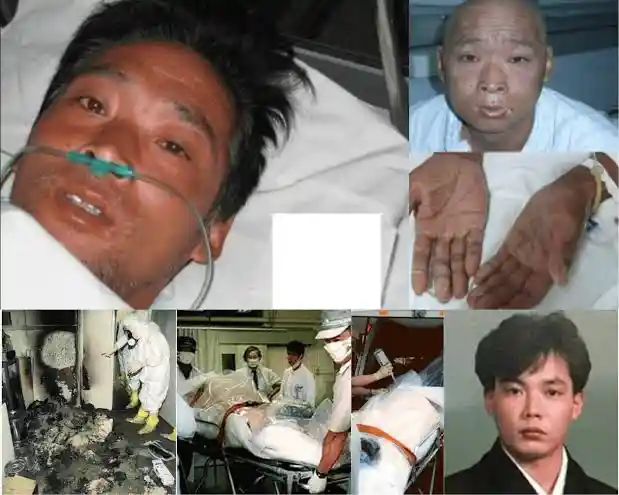Hisashi Ouchi: The Tale of an Unprecedented and Harrowing Demise.
When it comes to nuclear disasters, names like Chernobyl and Fukushima often dominate the discourse. However, there exists a lesser-known incident from the nineties that resulted in one of the most agonizing deaths ever recorded.
Who Was Hisashi Ouchi?
Hisashi Ouchi, a 35-year-old father and husband, worked at the Tokaimura nuclear fuel processing facility in 1999. Through a tragic combination of human error, lax safety regulations, and sheer misfortune, Ouchi found himself enduring what could be the most significant dose of radiation any human has ever faced.
The Tokaimura Incident
On September 30th, 1999, Ouchi and a colleague were tasked with the delicate process of pouring intermediate-enriched uranium oxide, despite their limited experience with the substance. Unbeknownst to them, they exceeded the safe amount for the tank, resulting in a criticality accident. A massive dose of radiation was released, and tragically, Ouchi bore the brunt of it.
The Devastating Aftermath
Medical records indicate that exposure to 7 sieverts of radiation can be lethal; Ouchi was subjected to a staggering 17 sieverts. His co-worker, Masato Shinohara, also received a lethal dose of 10 sieverts, while Yutaka Yokokawa was exposed to 3 sieverts. Additionally, 56 other workers faced exposure to the radiation. It’s a sobering reminder that stringent adherence to safety protocols could have averted the entire tragedy.
Ouchi’s Agony
Despite initially surviving the radiation exposure, Ouchi was in excruciating pain shortly afterward. Upon arrival at the hospital, he was covered in radiation burns and struggled to breathe. His condition rapidly deteriorated; he lost the ability to regenerate cells, his white blood cell count plummeted, and his chromosomes fragmented. Essentially, his body began to decay while he was still alive. Despite medical interventions such as skin grafts, blood transfusions, and stem cell treatments, nothing could halt the relentless breakdown of his cells.
What You Need to Know About Leukemia as Ondo State Mourns Loss of Governor Akeredolu to Leukemia
Enduring Unbearable Pain
Disturbingly, doctors kept Ouchi alive for nearly three months despite his pleas to be allowed to die. After 59 days, he suffered a heart attack but was resuscitated at his family’s request. Finally, on December 21st, 1999, Ouchi’s body succumbed to the relentless assault of radiation, marking 83 days of agonizing torment since the accident.
Legacy and Lessons Learned
Hisashi Ouchi’s tragic saga serves as a stark reminder of the critical importance of stringent safety procedures when handling nuclear materials. While his story is heart-wrenching, it spurred significant changes, prompting revisions to laws and regulations governing nuclear safety.
Fortunately, no incident of similar magnitude has occurred since Ouchi’s ordeal, making it one of the most harrowing accounts of human suffering in history.
Stay informed with Ejes Gist News – Your Source for Credible News in Nigeria







